Log in or sign up to connect with businesses, services, and your professional network.
Streamline Your Sales Process: A Comprehensive Guide

By Cameron Garlick
Overwhelmed by juggling leads, building websites, closing deals, and managing fulfillment? You’re not alone. In this comprehensive guide I walk through a proven sales process I’ve taught teams and applied across dozens of industries — and I show how GFunnel’s all-in-one ecosystem (Lead Connector, Flows AI, AI-powered contract management, website builders, CRM) turns that process into repeatable, scalable revenue.
This is a deep, practical playbook that pairs mindset and structure with GFunnel’s automation and AI. Whether you’re an entrepreneur, creator, consultant, or agency owner, you’ll get a full roadmap: acquisition ? creation ? expansion, objection-handling loops, presentation stacks (low / medium / high), and the exact actions to convert attention into recurring revenue.
Watch how GFunnel transforms businesses in this 3-hour deep dive:
Table of Contents
- Table of Contents
- Introduction: Why Process Beats Pitch
- Chapter 1 — The Entrepreneurial Problem: Chaos, Time & Dispersed Tools
- Chapter 2 — GFunnel’s All-in-One Solution
- Chapter 3 — The Sales System: Acquisition ? Creation ? Expansion (ACE)
- Chapter 4 — The Sales Script That Converts
- Chapter 5 — Objection Handling & the Objection Loop
- Chapter 6 — Real-World Examples & Scaling Scenarios
- Chapter 7 — Deep Dive Into GFunnel Features
- Implementation Checklist: Turn This Framework Into Revenue
- FAQ
- Conclusion & Next Steps
Table of Contents
- Introduction: Why Process Beats Pitch
- Chapter 1 — The Entrepreneurial Problem: Chaos, Time & Dispersed Tools
- Chapter 2 — GFunnel: The All-in-One Solution (Lead Connector, Flows AI, Contracts, Websites, CRM)
- Chapter 3 — The Sales System: Acquisition ? Creation ? Expansion (ACE)
- Chapter 4 — The Sales Script That Converts: Handshake, Pain-Dream-Obstacle, Discovery, Presentation, Objection Loop, Handoff
- Chapter 5 — Objection Handling & the Objection Loop: Isolate ? Accept ? Create ? Expand
- Chapter 6 — Real-World Examples & Scaling Scenarios
- Chapter 7 — Deep Dive Into GFunnel Features
- FAQ
- Conclusion & Next Steps
Introduction: Why Process Beats Pitch
Every founder believes their product is valuable. Most fail because they don’t have a repeatable process to translate that value into customers who trust them and act. That’s the gap we close here.
My goal in this article is to translate an advanced sales training into a usable, step-by-step framework and show how GFunnel’s ecosystem makes each step easier, measurable, and scalable. This isn’t about tricks. This is about creating reliable systems that take chaotic attention and turn it into deals, fulfillment, and recurring revenue.
Throughout this playbook you’ll see two consistent themes: 1) simplify the customer’s path to outcome, and 2) automate everything that can be automated so human focus is reserved for the high-leverage parts: diagnosing the burning desire and closing the choice.
Chapter 1 — The Entrepreneurial Problem: Chaos, Time & Dispersed Tools
Entrepreneurs face three recurring problems that kill growth fast:
- Chaos: Leads come in from different channels (ads, landing pages, referrals, cold outreach) with no single source of truth.
- Time scarcity: Founders wear every hat and can’t operationalize fulfillment consistently.
- Tool fragmentation: CRMs, contracts, websites, automation, messaging, and billing live in separate systems that don’t talk to each other.
These problems lead to low conversion, lost follow-ups, and a business that depends on the founder being omnipresent. The transcript I base this on frames that problem as “organizing chaos.” When you map chaotic attention into a system — a funnel — you can control conversion through reproducible steps.
Cameron Garlick writes that the degree of a client’s pain determines the price you can charge. If you understand the specific pain (time with family, feeding kids, stabilizing cash flow), you can structure offers that feel like no-brainers. The sales process I unpack below is designed to surface that pain quickly and translate it into a concrete plan — the single most powerful lever in high-converting sales.
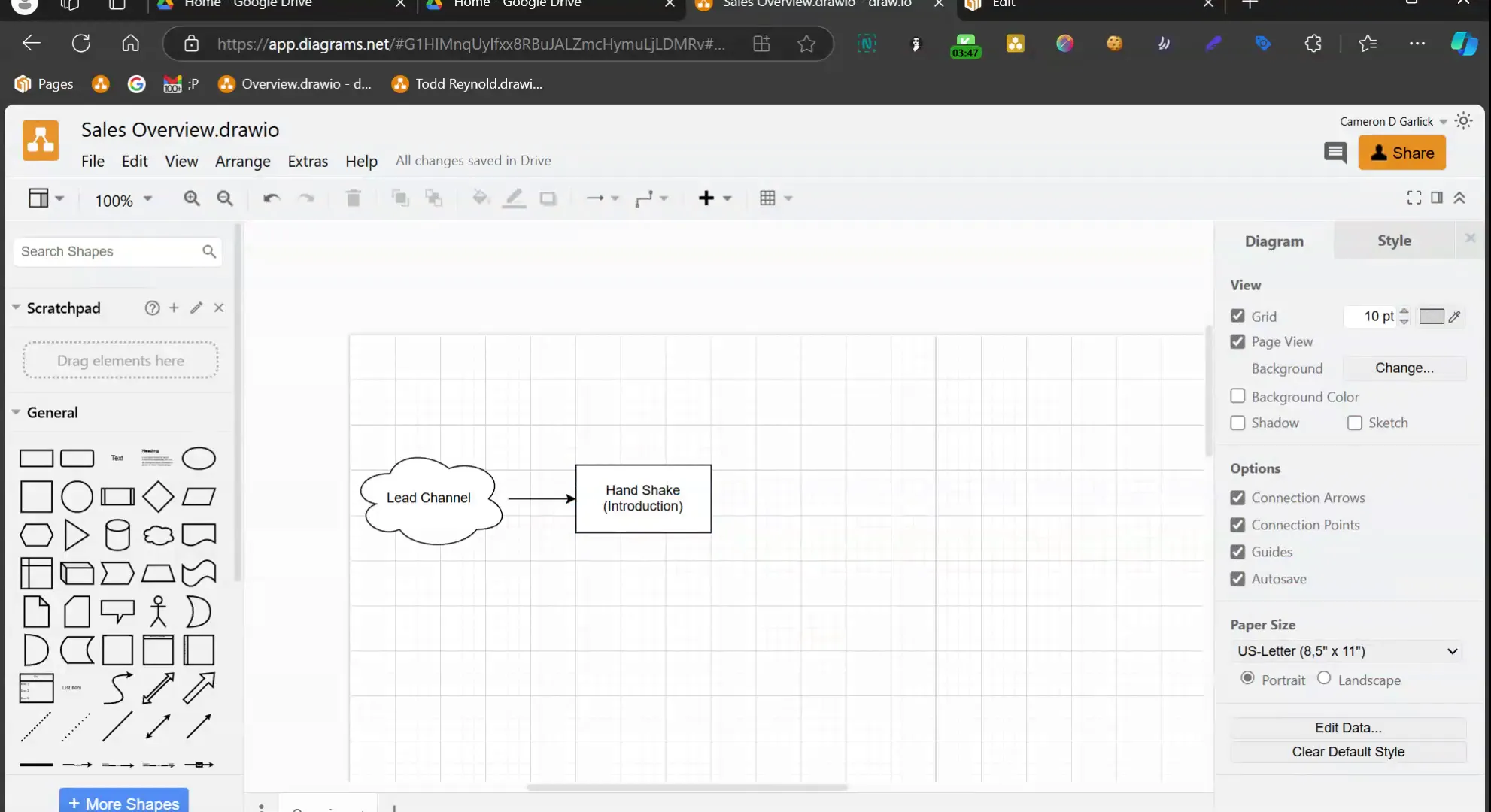
Chapter 2 — GFunnel’s All-in-One Solution
GFunnel bundles the pieces entrepreneurs otherwise stitch together with 5–12 subscriptions. When you centralize lead capture, workflows, contract management, websites, and CRM into one ecosystem you stop losing leads and you scale predictable revenue faster.
Key GFunnel tools and how they map to the sales process:
- Lead Connector (CRM + Lead Management): Your single source of truth for all lead channels. Capture inbound/outbound, track interactions, and trigger automation. No more jumping between spreadsheets and inboxes.
- Flows AI (AI-driven workflows): Automate sequences (text, email, ringtone, bot replies) that respond to lead behavior. Flows AI ensures the right message is delivered at the right time to keep warm leads moving through the funnel.
- AI-Powered Contract Management: Send, sign, and store contracts with AI-assisted templates. Make compliance frictionless and reduce perceived risk (a major barrier when asking for card information).
- Website & Funnel Builders: Drag-and-drop, no-code pages that load fast and are built to present an irresistible offer immediately.
- CRM Solutions + Analytics: Real-time dashboards show conversion rates, pipeline velocity, and ROI by lead source — critical for iterating offers and channel budgets.
GFunnel’s advantage is not just tool consolidation — it’s pairing that consolidation with automation and AI so the system executes the sales process while your team focuses on higher-value touches. That lines up directly with Garlick's: make offers so compelling the customer says “yes” and automate everything else so you can scale.
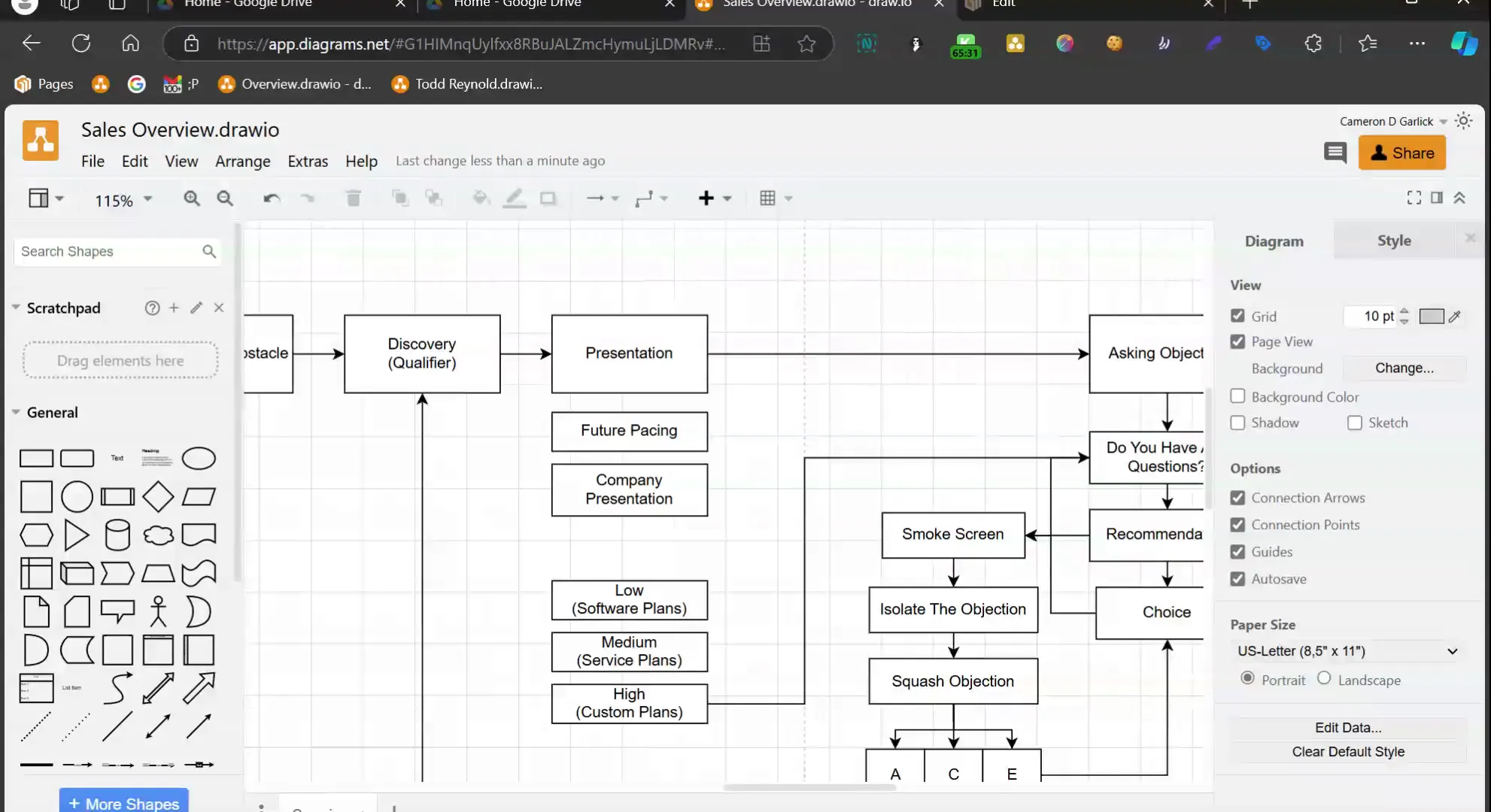
Why consolidating tools increases trust and conversion
When a prospect is skeptical — “I need to think about it” — the two things they fear most are lack of information and risk. GFunnel addresses both. Flows AI delivers information automatically, and AI contract management reduces risk by making terms clear and enforceable. When your funnel combines a confident, clear presentation with effortless ways to accept or pay, trust becomes measurable.
How Garlick’s principles apply
- Solve a massive pain: Understand burning desires (spend time with family, secure income) and position the product as the bridge.
- Offer clarity and guarantees: Use contract templates and clear fulfillment promises to lower friction.
- Focus on leverage: Build systems that can be multiplied — one optimized flow generates recurring revenue.
Watch the platform in action (embedded video above) and then read on for the process that transforms attention into recurring dollars.
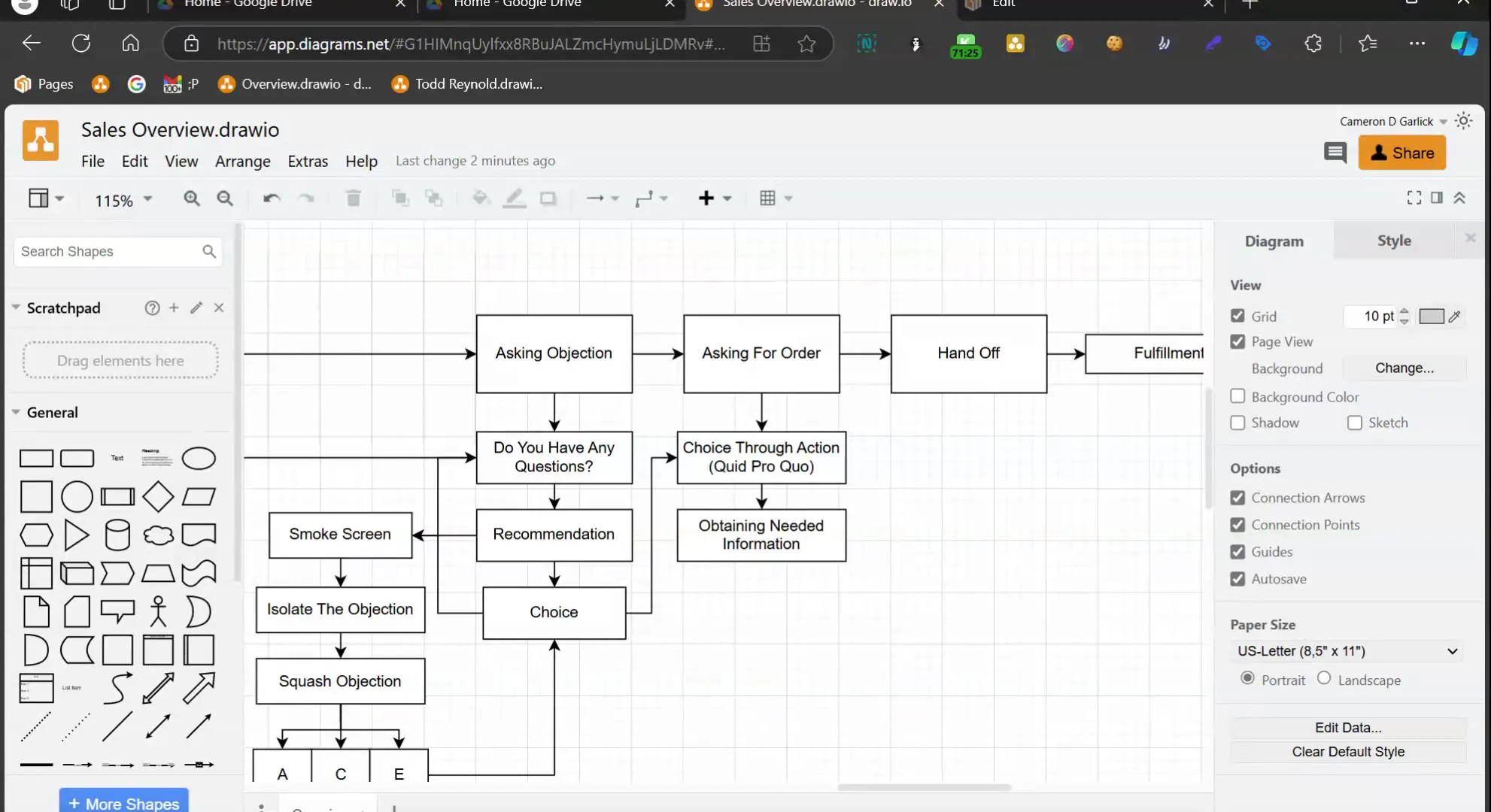
Chapter 3 — The Sales System: Acquisition ? Creation ? Expansion (ACE)
The core loop I teach is simple and universal: ACE — Acquisition, Creation, Expansion. This framework is small but powerful because it maps every buyer interaction into a stage where you can measure and improve conversion.
Acquisition
Acquisition is everything that grabs attention and brings it into your system: ads, landing pages, organic social, referrals, calls. The goal is to centralize contact data in Lead Connector and attach metadata: source, campaign, timestamp, initial behavior.
Optimization priorities:
- Track channel ROI at capture.
- Use Flows AI to reply instantly to inbound leads.
- Qualify quickly through automated short surveys or a quick agent call.
Creation
Creation is where you convert attention into a deal: the discovery call, the presentation stack, the ask for the order, and the onboarding/fulfillment. This is where the human magic happens and where your script matters most.
Creation priorities:
- Use your script structure (handshake ? pain/dream/obstacle ? discovery ? presentation ? objection loop ? handoff) to guide the call.
- Record and tag calls in Lead Connector for quality assurance and iteration.
- Use AI to populate contracts and proposals based on call notes.
Expansion
Expansion is post-sale: referrals, upsells, retention, and additional services. This is where lifetime value is created. The better your fulfillment and results, the easier expansion becomes. Use GFunnel to automate referral asks, trigger upsell offers, and keep the relationship warm.
Expansion priorities:
- Systematize referrals (Flows AI automates “who do you know” sequences).
- Measure results and report them automatically to the client; demonstrated impact makes upsells easier.
- Create retention offers that build stickiness — support, community, premium features.
ACE is the backbone. When you design every activity to move prospects through these stages, you build a machine that scales.

Chapter 4 — The Sales Script That Converts
Below is the linear script I use as a foundation. You’ll later layer tonality, personalization, and objection loops. This script is designed to be used live on calls, in video demos, or as content in funnels.
1. Handshake / Introduction
Start with simple clarity: who you are, what you’re about to do, and what you’ll need from them. Set expectations: “I’ll ask questions, then recommend a plan. At the end we’ll decide next steps.” Future pacing reduces anxiety and increases cooperation.
2. Dream ? Pain ? Obstacle (DPO)
Open-ended questions about their dream (the burning desire), their pain (what’s preventing them), and the obstacle (the bridge you need to build). The deeper you dig into why the dream matters, the easier closing becomes — this is where you move from features to emotional outcomes.
Example questions:
- “What would your ideal business look like in 12 months?”
- “Why is that important to you?”
- “What have you tried that hasn’t worked?”
3. Discovery / Qualification
Start with open-ended; close with binary qualifiers (yes / no) so prospects self-qualify. This flips psychology: instead of pushing for fit, they confirm fit. It reduces time wasted on incompatible leads and increases confidence on both sides.
4. Presentation (Stacked: Low / Medium / High)
Present three options: software (low), done-for-you services (medium), custom enterprise (high). Future pace before you present: “I’ll walk through three packages and then answer any questions.” Then position why the recommended package fits based on their DPO answers.
Why stack? People anchor. Presenting low/medium/high lets you guide toward the ideal outcome while still allowing the prospect to feel in control. This mirrors Garlick’s principle: give your customers clear choices with one obviously best option for their hot buttons.
5. Ask for Objections
After presenting, ask: “Do you have any questions on what I just shared?” This invites the dominant objection out into the open. Most often the first objection is a smokescreen (“I need to think about it”, “my spouse has to approve”, “money is tight”). That’s expected. The answer is the Objection Loop (next section).
6. Choice / Ask for the Order (Quid Pro Quo)
Ask for a decision tied to action: “If we can deliver X and you can commit Y, would you like to move forward?” That puts the choice in terms of the result and the sacrifice. If they say yes, capture payment and hand off to fulfillment. If they say no, loop back to uncover true objection.
7. Handoff & Fulfillment
Transfer authority to the fulfillment expert with future pacing: “I’m going to send your account to a specialist who will complete onboarding. I’ll collect email, website, and card info now, nothing will be charged until your account is ready, and they’ll contact you within 24 hours.” Smooth handoffs reduce cancellations and buyer’s remorse.
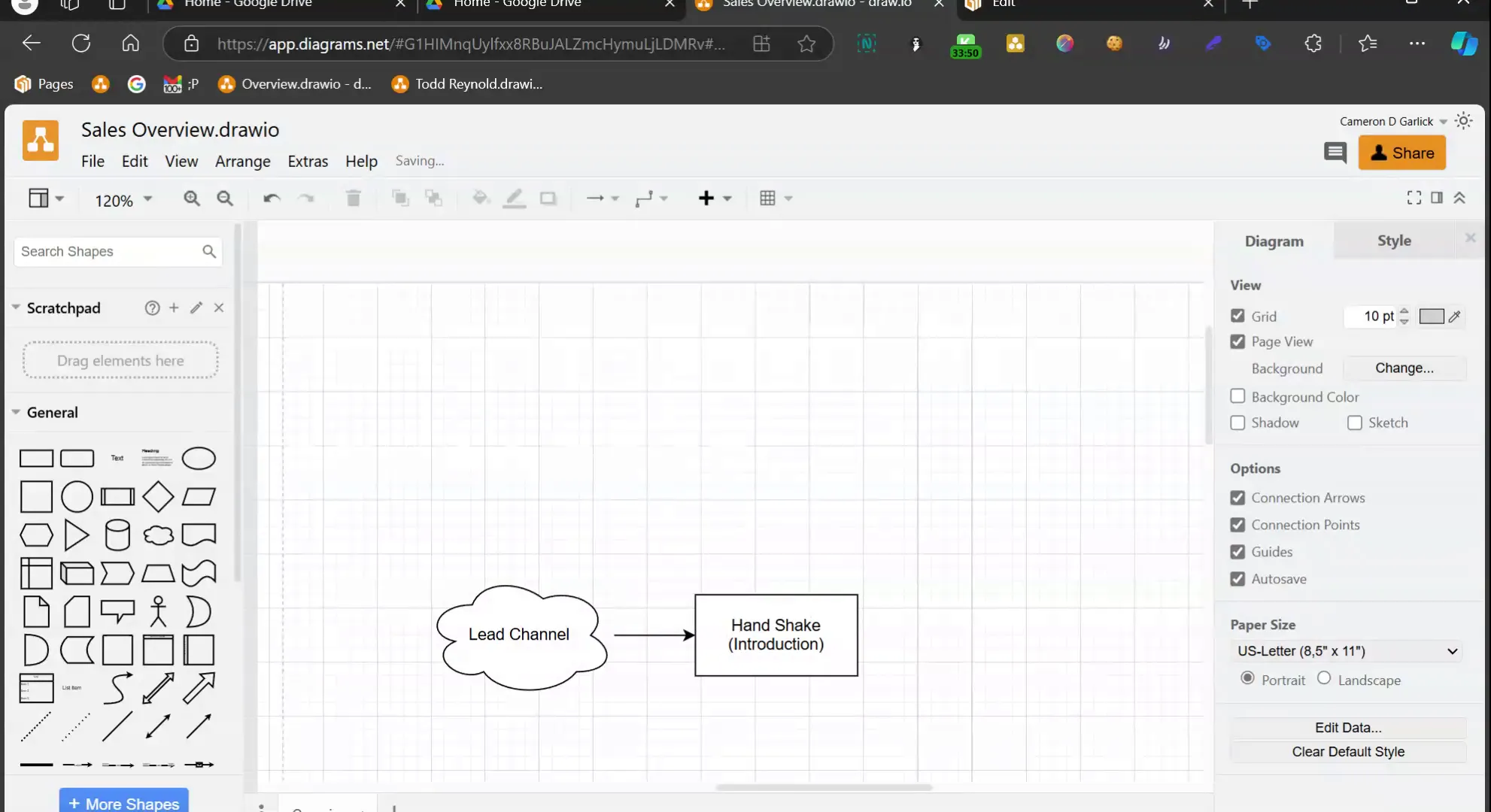
Chapter 5 — Objection Handling & the Objection Loop
Objections are not “no” — they’re information. The objective is to isolate the true objection and remove it. Follow this sequence every time:
- Isolate: Ask a clarifying question. “When you say ‘I need to think about it,’ what specifically would you like to think about?”
- Accept (Acquire): Don’t argue. Acknowledge the emotion and repeat it back. “Totally — money is tight right now.” This lowers defenses and builds rapport.
- Create: Offer a logical bridge that addresses the objection. If it’s money, demonstrate ROI, alternative payment plans, or a smaller starter option.
- Expand & Close: Reframe the consequence of inaction relative to their burning desire. Then ask for a commitment with a clear next step.
This loop can be repeated multiple times until the objection is truly resolved. Many prospects slip into smokescreens because they lack information, confidence, or trust. Your job is to supply information, accept emotion, and make the path to the outcome obvious.
Example handling “I need to think about it”:
- You: “Totally — most people who say that need more information, not time. What’s your top concern so I can answer it for you now?”
- Prospect: “I don’t know if I can afford it.”
- You: “I get it. If we build this plan that creates X result in 90 days, would that outcome be worth the investment?”
- Prospect: “Yes.”
- You: “Great — then let’s choose a plan that gives you X result and structure a payment that fits your cash flow. Which would you prefer?”
That sequence follows the ACE loop (acquire the objection, create an outcome addressing it, expand to a choice).
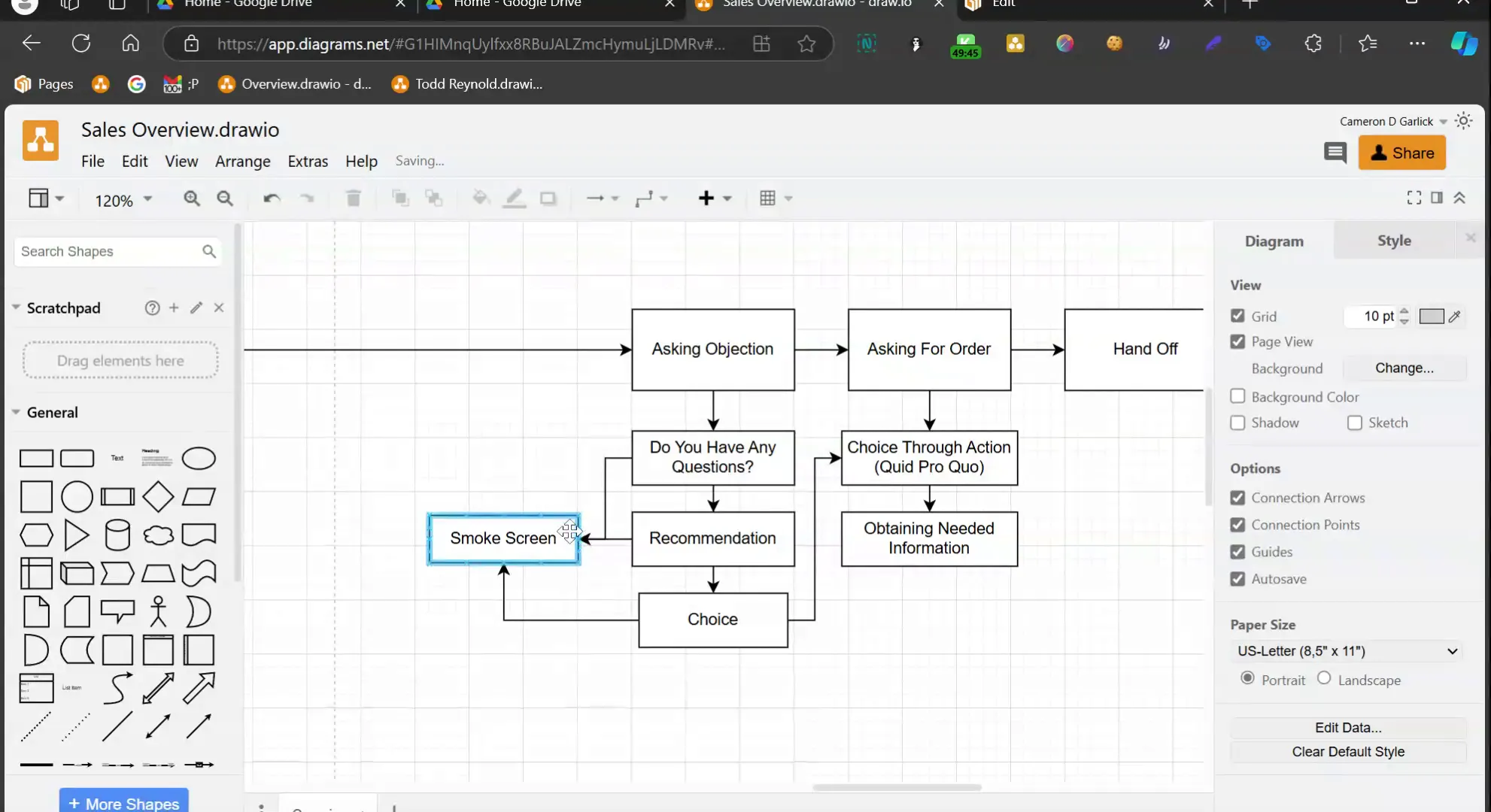
Chapter 6 — Real-World Examples & Scaling Scenarios
When I trained sales teams (for example, at a credit repair company), we handled inbound and outbound with high sensitivity — prospects had low trust and limited funds. Using this structure, I achieved conversion rates between 70–90% depending on the lead type and call quality. Typical team averages were 20–40%. Why the difference? Process, repetition, and role-specific automation.
Imagine two scenarios:
Scenario A — Solo Entrepreneur
- Uses GFunnel Website Builder to capture leads.
- Flows AI sends a qualification survey and schedules a short discovery call.
- On the call, you follow the script and recommend the service plan (medium option).
- You use AI contract templates and collect card info via a secure GFunnel payment page.
- Fulfillment starts and Flows AI automates onboarding sequences and referral asks.
Outcome: The entrepreneur scales from 0 to 10 recurring clients quickly because the process runs while they focus on higher-value activities.
Scenario B — Agency / Multi-Sales Team
- Multiple lead channels routed into Lead Connector with assignment rules.
- Junior sales reps handle initial DPO and qualify; senior closers handle high-ticket deals.
- Flows AI routes objections to an objection-playbook Slack or CRM script and triggers a manager to join critical calls.
- AI contracts generate client agreements automatically; fulfillment specialists are auto-assigned.
Outcome: Scalable pipeline with predictable handoffs and high retention driven by consistent fulfillment and expansion plays.
Numbers matter. If you can close 10 deals a month on a $997/month plan, you’re adding near $10k MRR — and if your churn is low, compounding ARR growth becomes predictable.
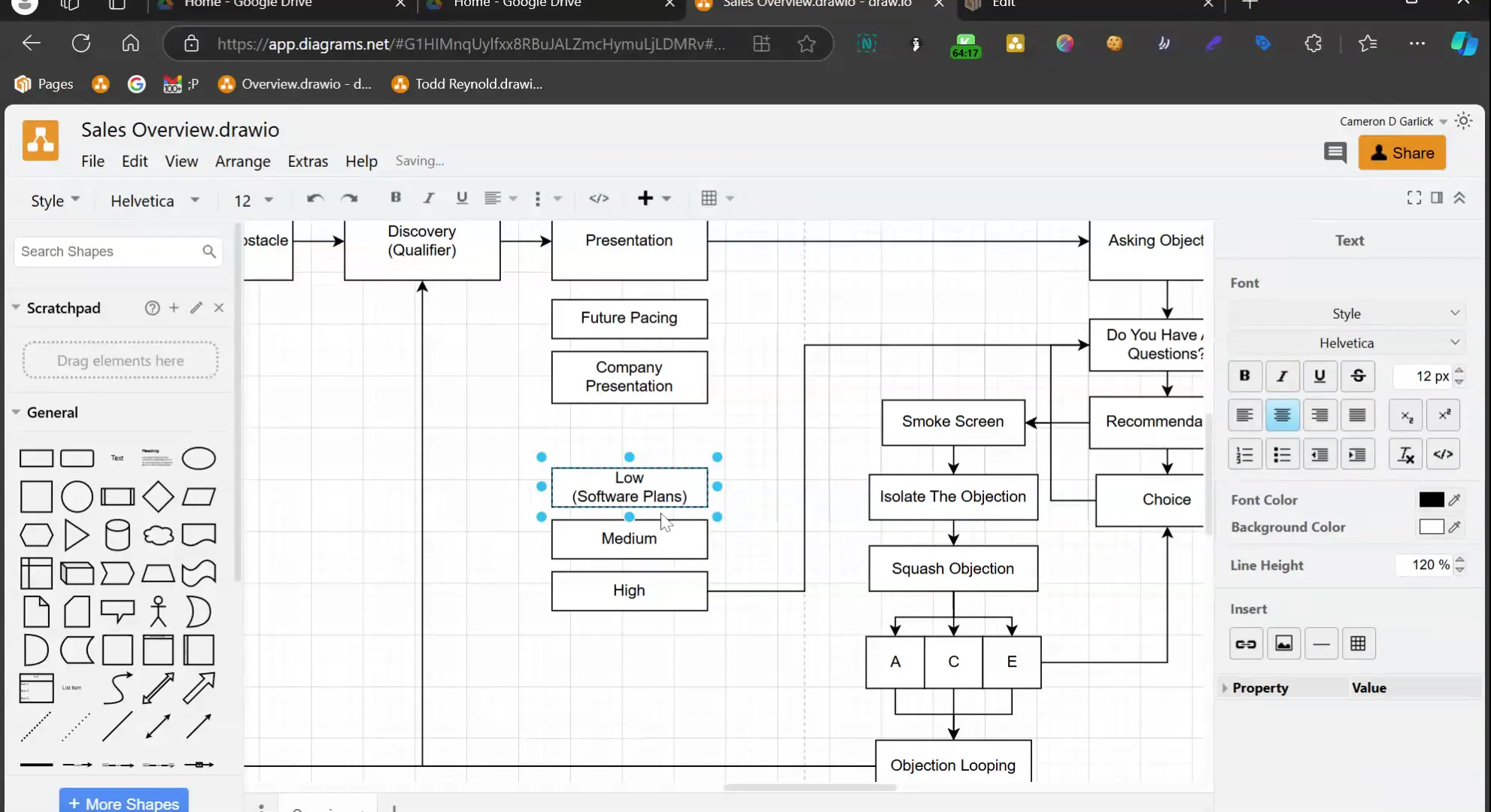
Chapter 7 — Deep Dive Into GFunnel Features
This section walks through the specific GFunnel features that remove friction from each stage of the sales process.
Lead Connector — Your Single Source of Truth
Lead Connector centralizes contacts, conversations, call recordings, form submissions, and lead metadata. A few practical use-cases:
- Auto-assign incoming leads to reps based on campaign or territory.
- Auto-tag leads with hot buttons (if they mention “family” or “legacy” you flag them to higher-value offers).
- Use built-in analytics to find the highest-converting lead sources and reallocate ad spend.
When every interaction is logged — and available to Flows AI — your team stops dropping the ball.
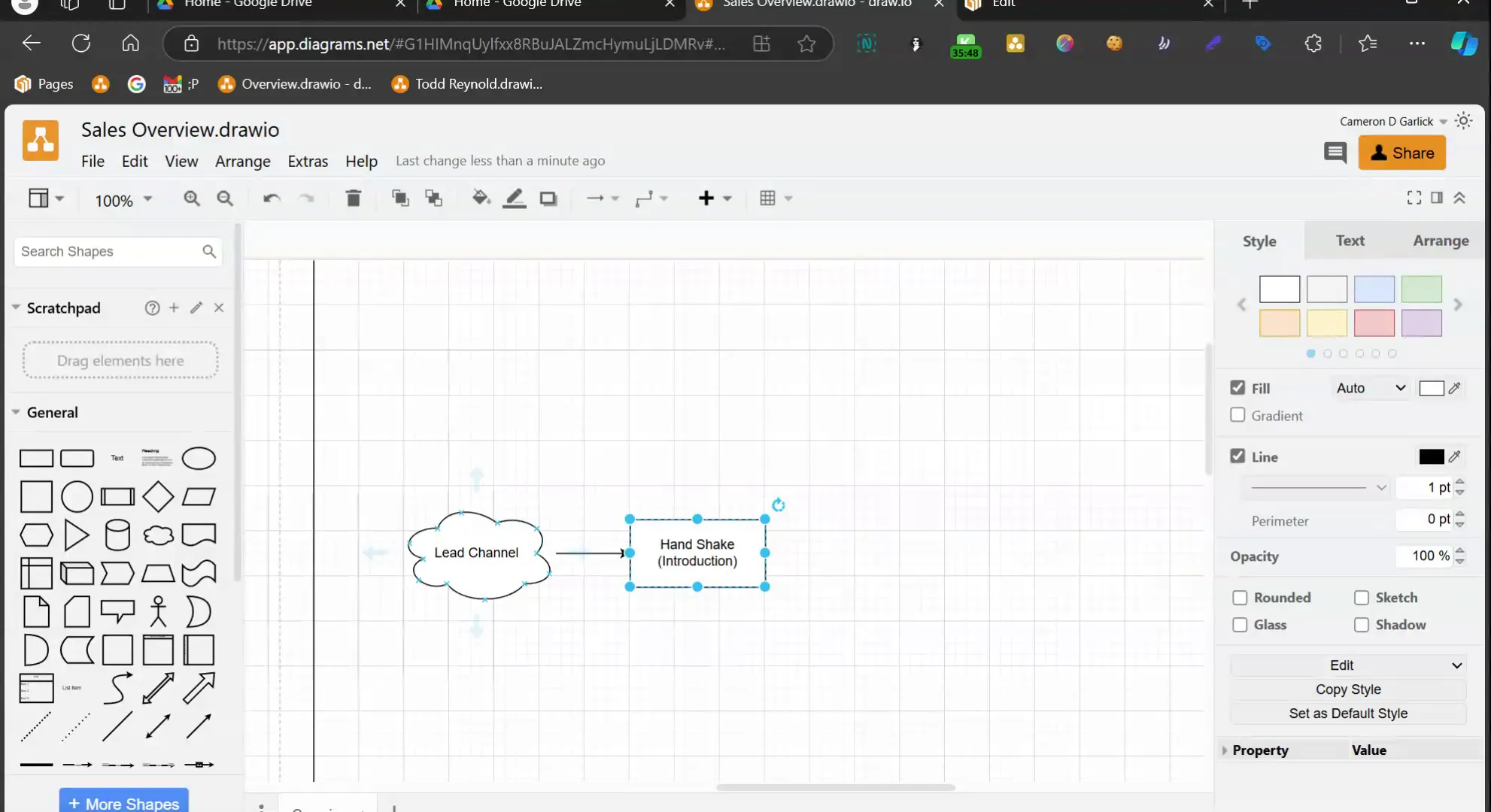
Flows AI — Automate the Right Message at the Right Time
Flows AI handles sequences across SMS, email, chat, and webhooks. It’s not just an autoresponder. It’s conditional logic that reacts to behavior: opens, clicks, replies, payments, missed calls.
Practical flows:
- Instant qualifier flow: welcome SMS ? link to short intake ? calendar link if qualified.
- Objection nurture flow: if a prospect says “I need to think,” trigger a 3-day education sequence answering common objections and sharing case studies.
- Onboarding flows: after payment, trigger a welcome sequence, contract signature reminder, and fulfillment kickoff.
AI-Powered Contract Management
Never lose a deal because the contract was confusing. Use AI templates that populate names, deliverables, timelines, and guarantees. You can even create risk-shifting clauses (a Garlick inspired move) that reduce buyer anxiety.
Examples of features:
- Auto-fill contract fields from call notes.
- AI summary of key terms that a layperson can read in 30 seconds.
- Electronic signatures and secure storage.
No-Code Website & Funnel Builders
Fast pages reduce friction. GFunnel’s builders are designed to make an offer obvious and to feed data directly to Lead Connector.
Best practices for pages:
- Headline that addresses the burning desire.
- Short proof (testimonial, 1–2 metrics).
- Single CTA that captures email and intent.
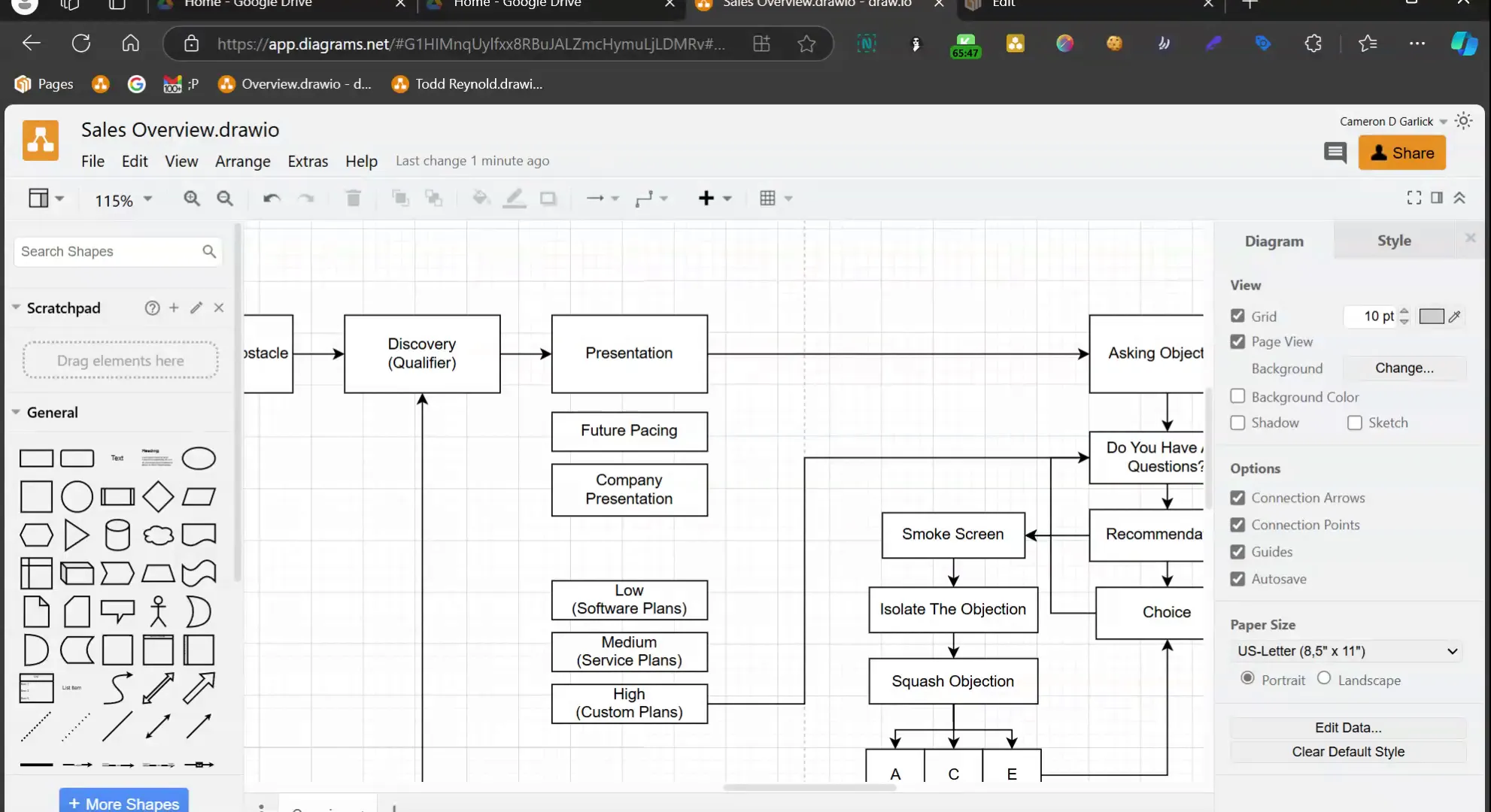
CRM + Analytics
Data fuels iteration. Use pipeline analytics to find where prospects stall in the funnel, then deploy Flows AI to bridge the gap. Real-time dashboards help you scale with confidence.
Implementation Checklist: Turn This Framework Into Revenue
- Centralize leads into Lead Connector and tag campaigns.
- Create a qualifier flow in Flows AI that automates first-touch qualification.
- Script the handshake and DPO questions; role-play until comfortable.
- Build three stacked offers on your GFunnel page and wire them to the CRM.
- Design the objection loop scripts and store them in Lead Connector for reps.
- Set up AI contract templates for each package.
- Automate onboarding flows and referral sequences.
- Measure conversion per rep and per channel weekly and iterate.
FAQ
What is Lead Connector and how does it differ from other CRMs?
Lead Connector is GFunnel’s integrated CRM designed to capture leads across multiple channels and trigger AI-driven workflows (Flows AI). Unlike stand-alone CRMs, it connects directly to GFunnel’s website builder and contract management so your entire sales funnel runs inside one ecosystem. Explore more at https://www.gfunnel.com
How does Flows AI save time?
Flows AI automates repetitive messaging, qualification, and onboarding. It reacts to behavior (clicks, replies, missed payments), so the system nudges prospects and clients automatically. That reduces manual follow-up and increases conversion velocity.
Is AI-powered contract management secure and compliant?
GFunnel’s contract tools include secure signature capture and storage, plus AI-generated summaries that remove ambiguity. Always consult legal counsel for jurisdiction-specific compliance, but the platform is built to reduce friction and risk in standard B2B and B2C agreements.
Can I start GFunnel for free?
GFunnel offers a way to get started quickly. Visit https://www.gfunnel.com/create-account for current onboarding offers and plan details. Building a basic funnel and testing Flows AI can be done immediately to prove concept.
How does GFunnel help with passive income or referral revenue?
GFunnel enables you to systematize referral flows: automated asks after successful deliverables, affiliate links, and community sharing tools. Pair that with attractive partner commissions and you can create low-effort passive revenue streams that scale as your customer base grows.
Conclusion & Next Steps
Sales is simple: identify the burning desire, remove the obstacles, and make it easy for the customer to take the action that leads to their outcome. The complexity arrives when you try to scale — different channels, human error, lost data, and inconsistent fulfillment. That’s where GFunnel shines.
By consolidating lead capture (Lead Connector), automated communication (Flows AI), contract clarity (AI contracts), and conversion-optimized pages (website builder), GFunnel lets you build a repeatable sales machine. Pair that with the sales script and objection loop described here — and a Garlick-style focus on irresistible, low-risk offers — and you’ll shave months off your learning curve.
Ready to channel your success? Start building your funnel and automation at:
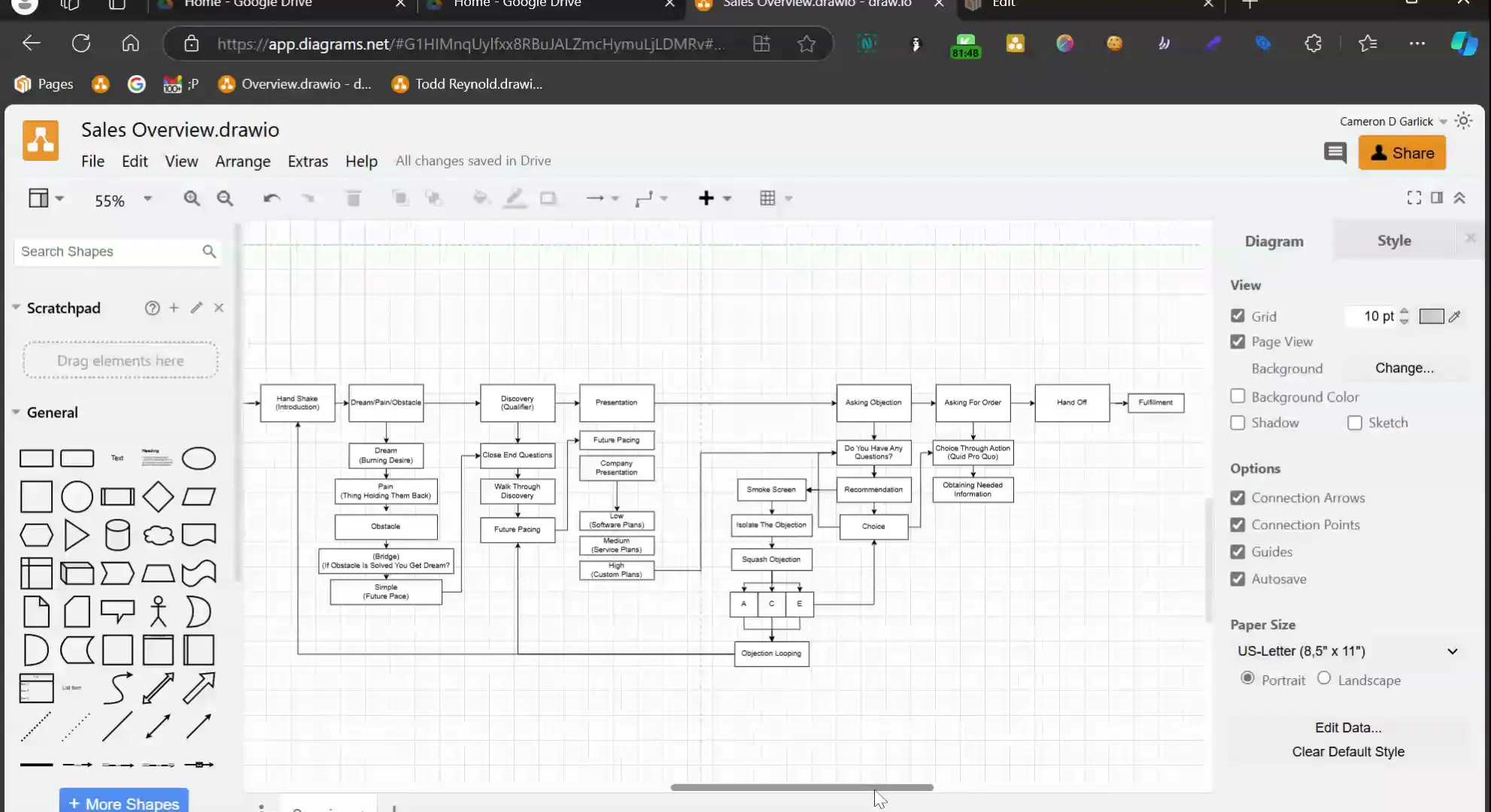
Implement the ACE framework, use GFunnel to automate acquisition and fulfillment, and practice the discovery/presentation sequence until it becomes second nature. This approach turns chaotic attention into repeatable deals and long-term expansion. Build the machine and then scale the teams that run it.
Action step: Create a GFunnel account, build one offer page, configure an intake Flow AI, and run your first test calls from the script above. Measure the conversion and iterate for 30 days.
If you want a copy of the word-for-word script, role-play scenarios, or templates used in this playbook, explore GFunnel’s resources and scripts at https://www.gfunnel.com and the Course & Classes sections to fast-track your team’s training: https://www.gfunnel.com/courses and https://www.gfunnel.com/classes-context/level-1-digital-marketing-social-media
Build fast, measure relentlessly, and prioritize the customer’s outcome over your product features. Do that and the sales will follow.
Need Help Implementing This?
Schedule A Discovery Call With One Of Our Professionals












